Lifestyle
20 Survival Skills Your Grandparents Knew By Heart

Before life became automatic and app-driven, people relied on what they knew and what they could do with their hands. These hard-earned skills didn’t just fill time—they ensured survival. Take a closer look at the everyday know-how past generations never took for granted.
Churning Butter By Hand
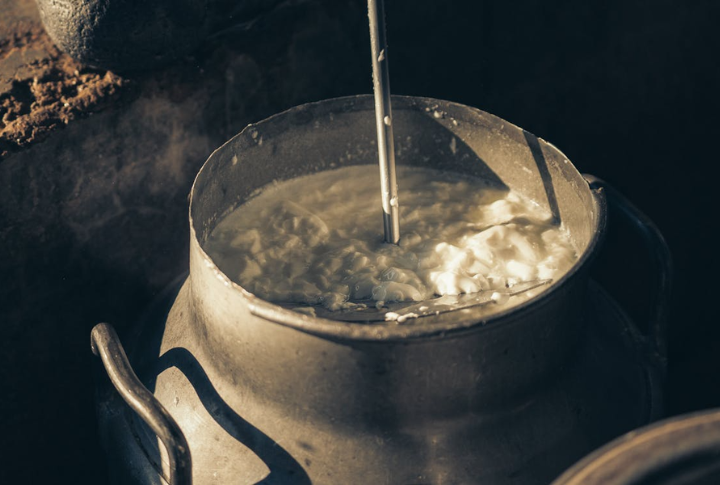
Making butter took time, rhythm, and a strong arm. The cream was poured into a hand-cranked or barrel-style churn and worked until it thickened and separated. Kids often took turns at the handle. The leftover buttermilk went into baking, and the butter was packed and stored with care.
Identifying Edible Wild Plants
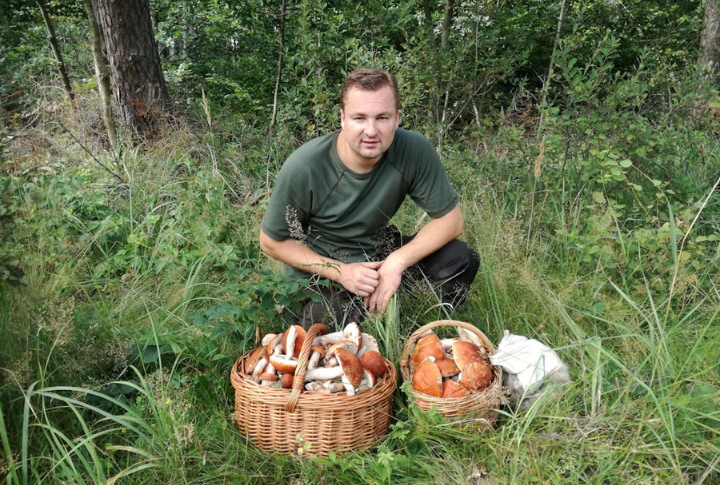
Families confidently foraged for dandelions, wild onions, and chickweed when gardens ran low. Lamb’s quarters filled soup pots and wild garlic boosted flavor. Knowing toxic lookalikes was vital, and most plant knowledge came not from books but from stories shared around kitchen tables or campfires.
Making Soap From Scratch
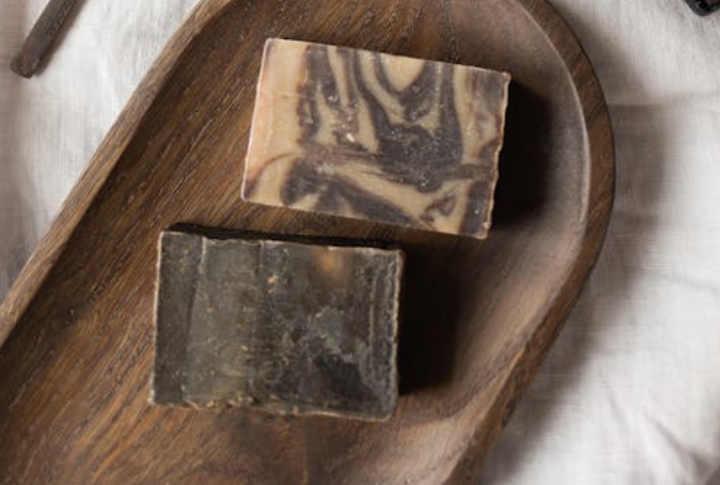
Soap-making began with hardwood ash turned into lye, then mixed with rendered animal fat in large pots. Families poured the thick blend into wooden molds and sliced the hardened blocks by hand. They were made in small batches, with scents like mint or lavender, making a year’s supply feel personal.
Navigating Without A Compass

People followed the North Star at night and used the sun’s position during the day to stay on course. Tree moss, which prefers the shady side, and waterways helped confirm direction. Moreover, Folk rhymes passed down through generations made natural signs easier to remember in unfamiliar terrain.
Canning Produce For Winter
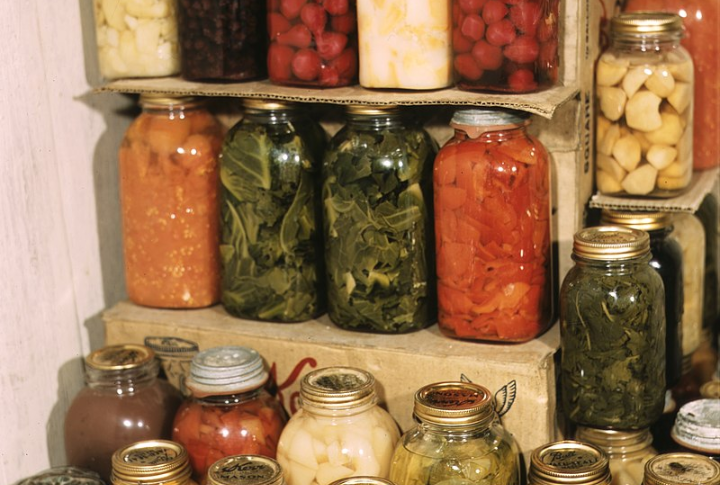
Many families canned food to prepare for winter, using boiling water for fruits and tomatoes and pressure canners for vegetables and meats. Jars were sealed with wax or metal lids. A well-stocked pantry meant security, especially when cold months made fresh food scarce.
Butchering And Dressing Animals
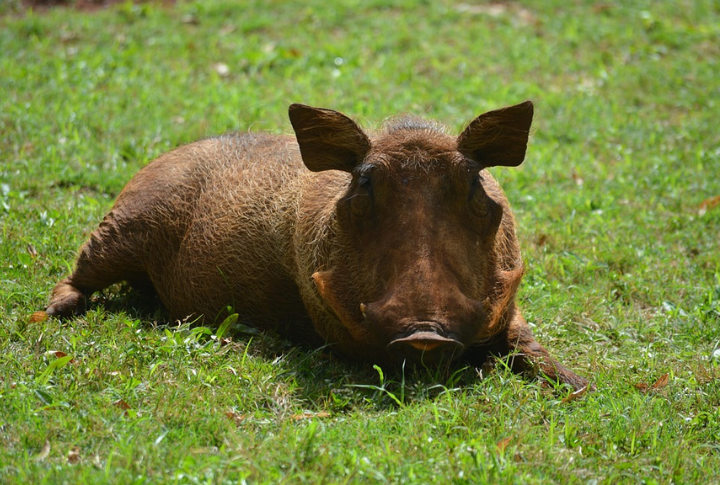
Families waited for cold weather to butcher hogs to make preservation easier. Every part of the animal was used for food or household goods. Afterward, sausage was made, and the meat was smoked. Kids were also a part of the cleanup process, and the work brought extended families together.
Using Plants As Medicine
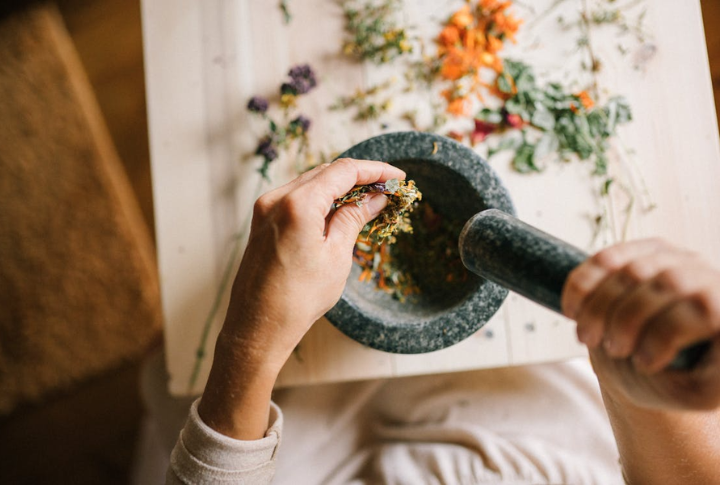
Many homes had small medicine gardens, and handwritten notebooks kept track of trusted homemade remedies. Families grew peppermint to treat headaches and stomachaches, calendula to soothe rashes and burns, and elderberry syrup for colder months.
Fetching And Carrying Water

Water came from hand-dug wells lined with stone or brick, and families used shoulder yokes to haul full buckets. There were long-handled dippers that sat near washstands for easy access. In winter, ice had to be broken daily, and stoves heated water for laundry and bathing needs.
Sharpening Tools By Hand
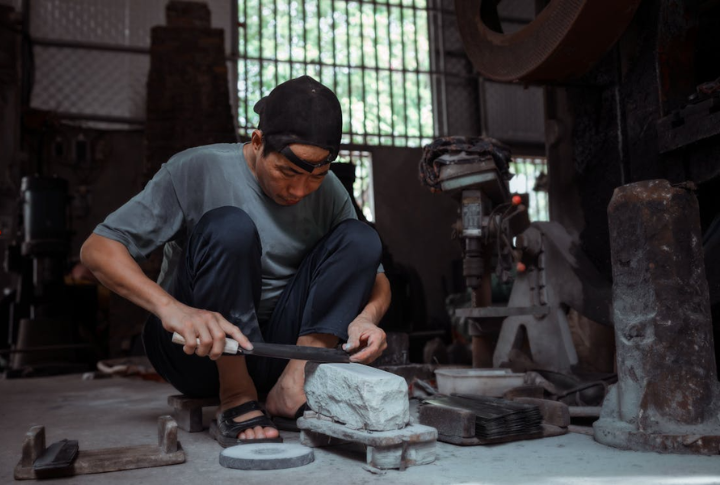
Whetstones handled everything from kitchen knives to farm axes. They oiled the stones to extend their life and paid close attention to the angle needed for each specific blade. People kept their tools razor-sharp by sharpening them routinely because dull blades slowed work and caused injuries.
Purifying Water Without Filters

Boiling water over an open fire was standard practice in homes and camps alike. Charcoal-packed barrels helped remove impurities, while linen cloth strained visible debris. Clean rainwater was stored in wooden casks, and people always avoided streams near wildlife trails to avoid any illnesses.
Collecting And Reusing Rainwater
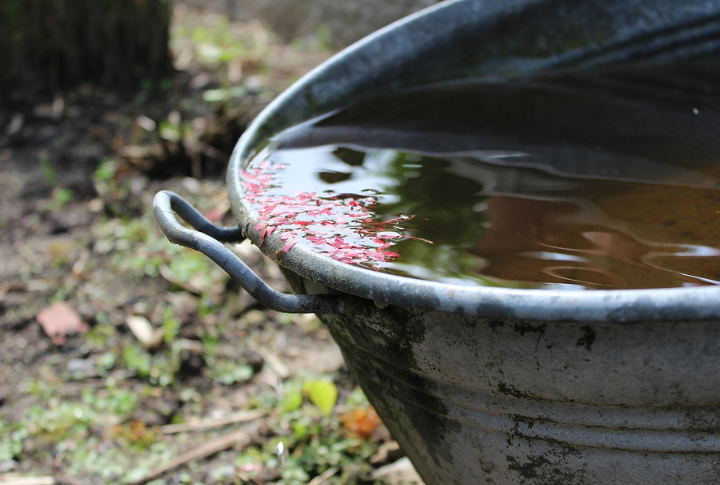
Rain wasn’t just welcomed—it was gathered with care. Gutters funneled water into barrels raised off the ground to make scooping easier. Families relied on it for rinsing hair, doing laundry, and watering gardens. The first downpour was always discarded to wash away roof debris.
Spinning Yarn And Weaving Cloth
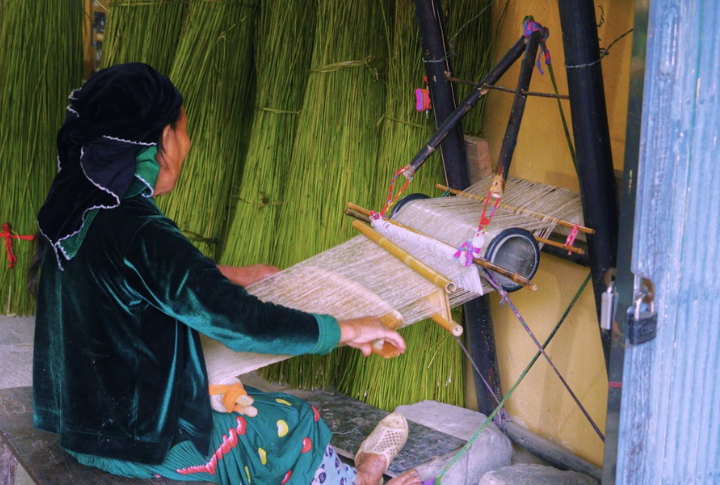
Before stores and sewing machines, families turned raw wool into useful fabric by hand. They cleaned and carded it, then used a spindle or spinning wheel to make yarn. Homemade dyes came from roots and berries, and handlooms turned that yarn into cloth. Neighbors often shared tools to make it all work.
Building A Shelter With Natural Materials
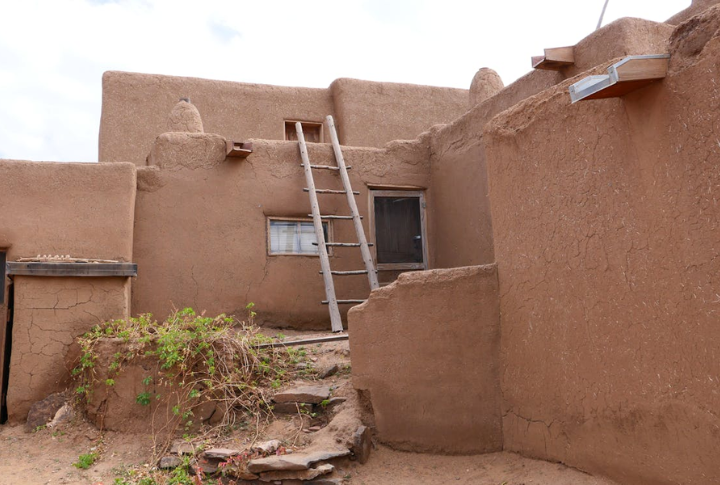
Sod houses stayed warm thanks to thick layers of dirt and straw packed into the walls. Builders used tree branches, mud, and bark to form the structure, while pine boughs helped keep roofs dry. Neighbors often worked together to finish these homes efficiently and used nature to determine the best location.
Making Candles At Home

Candle molds passed down through generations were used to shape batches meant to last through long, dark winters. Candles started with twisted cotton wicks and grew layer by layer through repeated dipping. Families used tallow for an easy but smoky flame, though beeswax made cleaner-burning lights.
Tapping Trees For Syrup
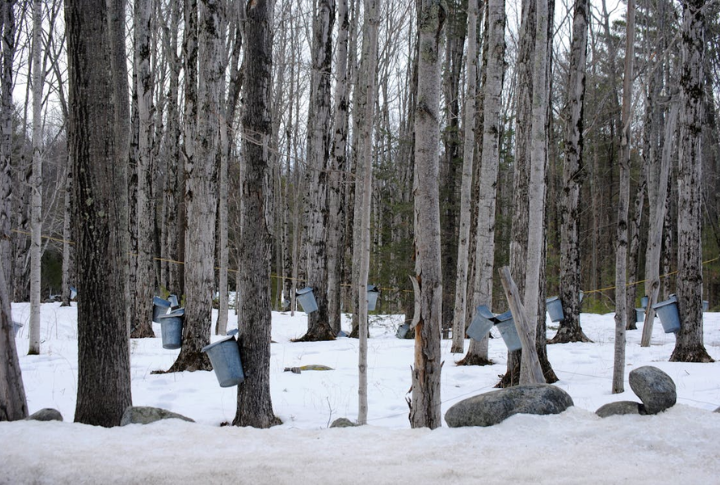
Once cold nights began, families tapped sugar maples by gently driving metal spiles into the trunks. Then, the sap collected in large kettles was boiled over open fires until it thickened into syrup. They marked their best trees to reuse each year and stored the finished syrup in old mason jars.
Starting A Garden From Seed
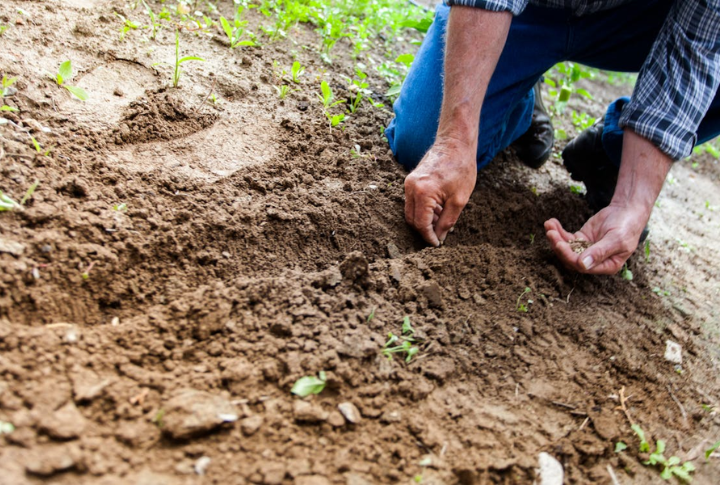
Gardening started months before planting when families saved seeds from their strongest crops. They enriched the soil with compost or manure and rotated crops to keep the land fertile. Cold frames helped protect young sprouts in early spring, and some timed planting by moon phases.
Heating With Wood-Burning Stoves
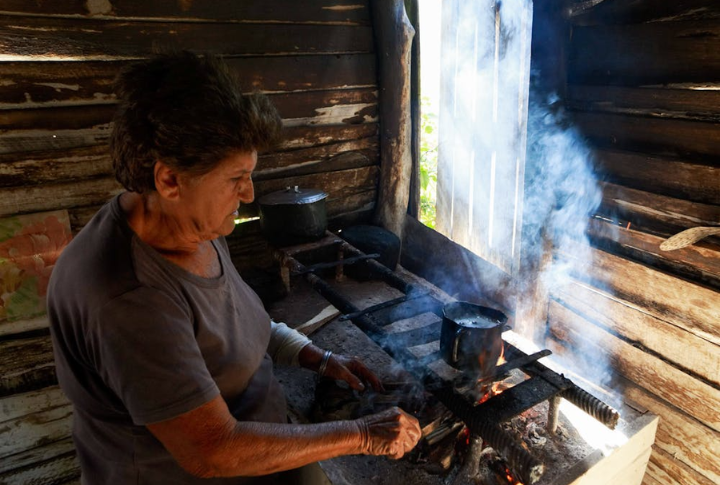
Preparing for winter meant cutting and stacking cords of firewood long before the first freeze. Cast iron stoves provided heat and doubled as cooking surfaces. Families adjusted the dampers to control warmth, and even the ashes were useful, often saved for scrubbing pans or making lye for soap.
Making Clothes Without Patterns
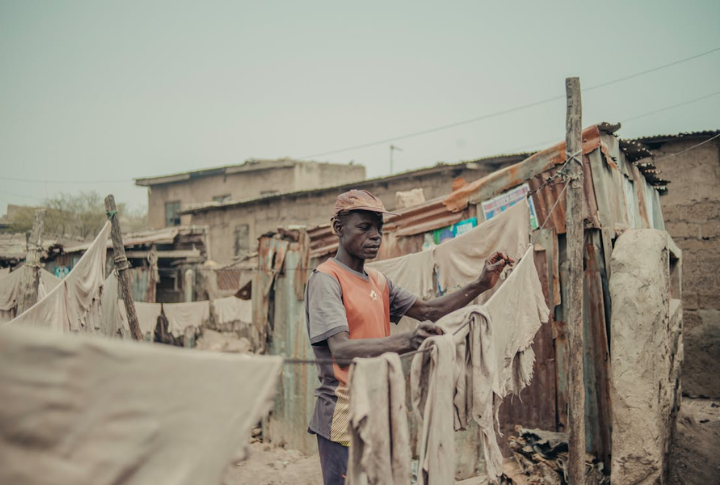
Sewing didn’t always follow instructions. Families cut garments based on memory, chalk marks, and old pieces of clothing. When fabric wore thin, it was reused in quilts or other clothes. With smart repairs and strong stitches, homemade outfits lasted through seasons and even generations.
Foraging For Mushrooms Safely
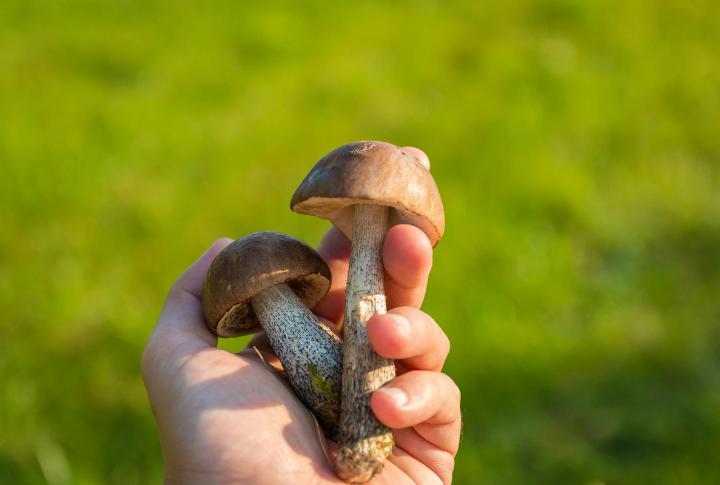
Families foraged morels and chanterelles in secret spots, carefully identifying safe mushrooms by shape and location. They left young ones to grow, helping the patch survive. Harvested mushrooms were dried or pickled, turning seasonal finds into flavorful ingredients that lasted through the year.
Starting A Fire Without Matches
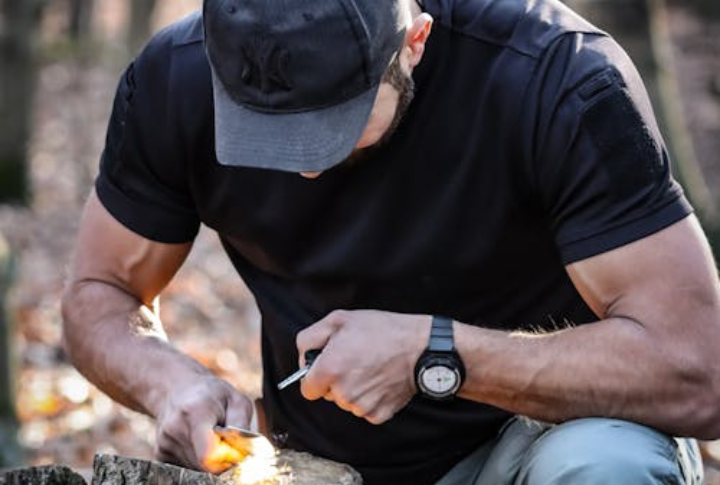
Fire-making wasn’t treated as a backup skill—it was something folks did every single day. Flint and steel sparked flames fast, while bow drills worked through friction. People relied on char cloth to catch sparks and used birch bark or pine needles to light fires.
